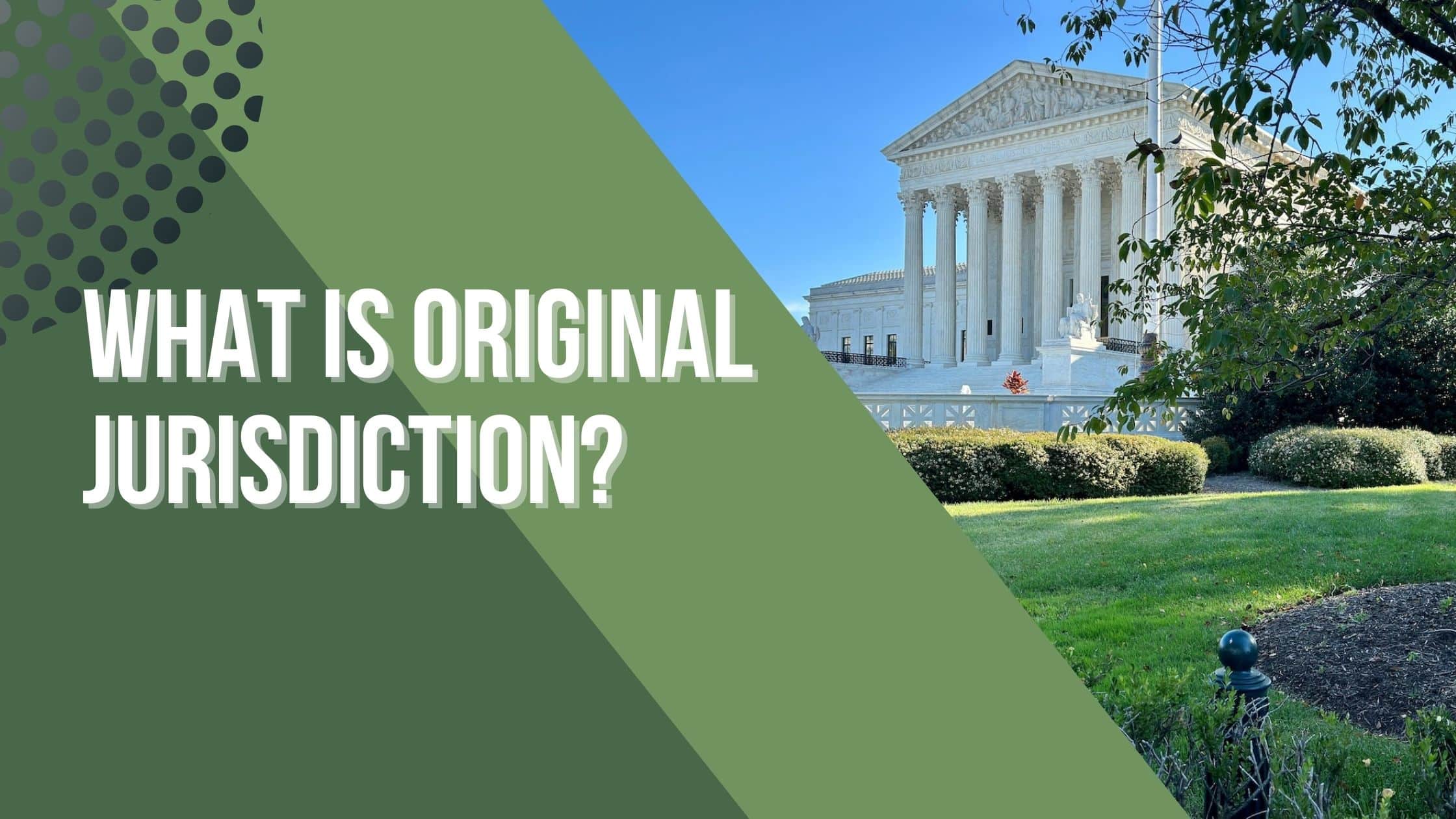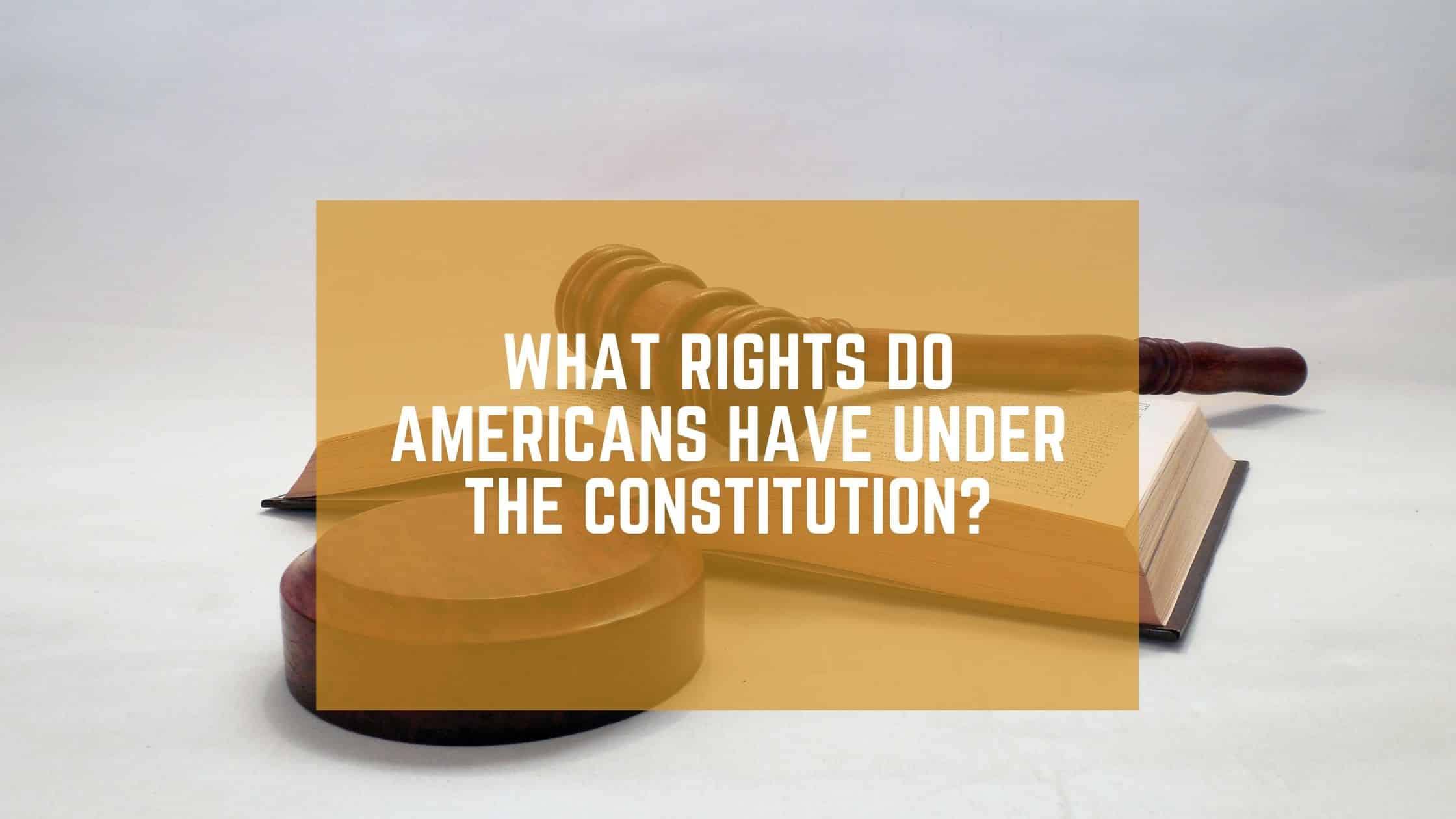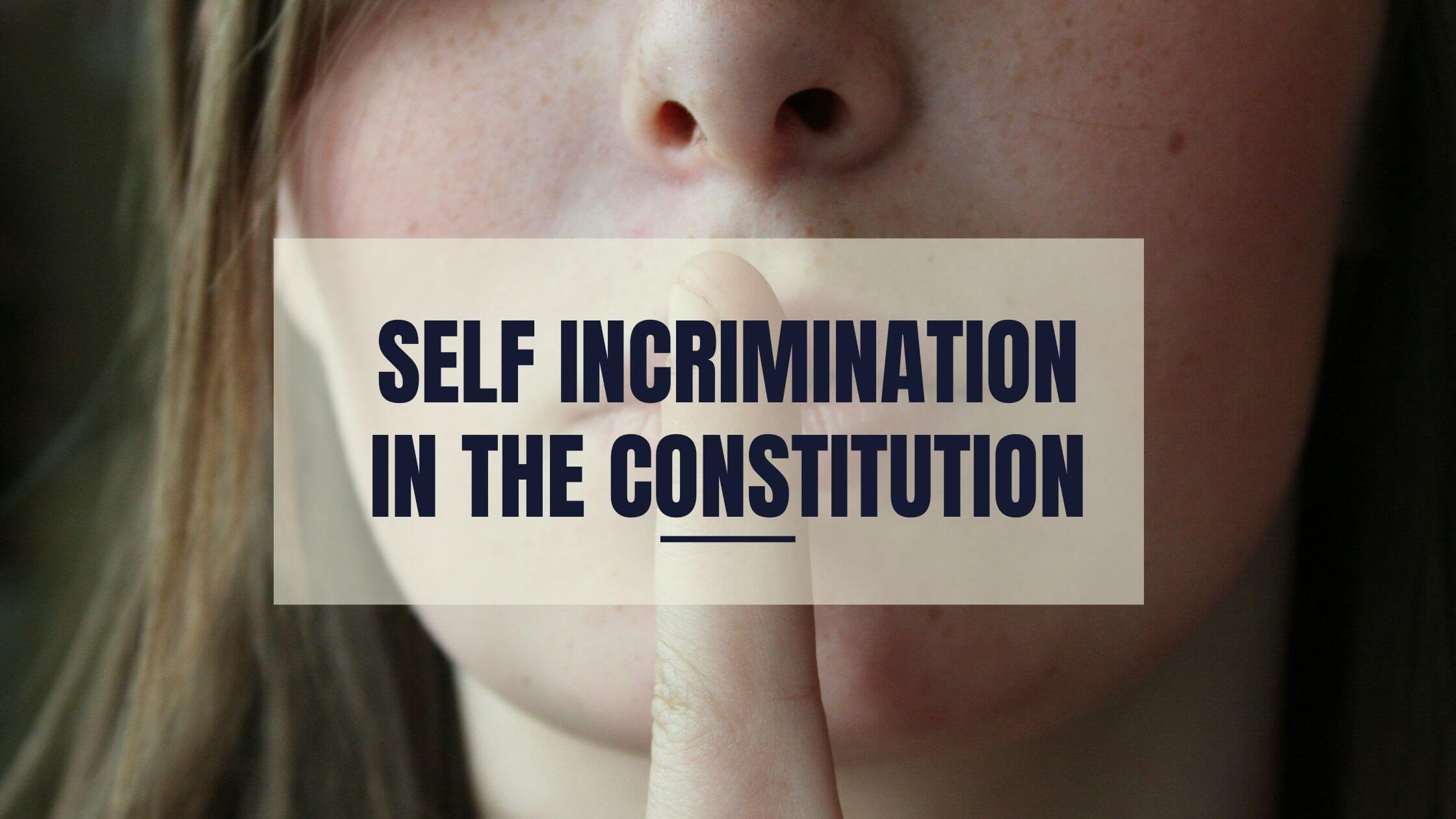Table of Contents
ToggleSources
- https://www.archives.gov/founding-docs/constitution
The National Archives provides authoritative information on the U.S. Constitution, including details about the amendment process and the text of all 27 amendments. - https://www.senate.gov/civics/constitution_item/constitution.htm#amendment
The U.S. Senate's official website explains the constitutional amendment process, including the roles of Congress and state legislatures, making it a reliable source for procedural details. - https://www.law.cornell.edu/constitution-conan/article-5
Cornell Law School's Legal Information Institute offers a detailed analysis of Article V of the Constitution, which governs the amendment process, providing authoritative legal context. - https://www.britannica.com/topic/Constitution-of-the-United-States-of-America/Amendments-to-the-U.S.-Constitution
Encyclopaedia Britannica provides a comprehensive overview of the amendments to the U.S. Constitution, including historical context and the rarity of successful amendments. - https://www.heritage.org/constitution/#!/articles/5/essays/130/amendment-process
The Heritage Foundation's Guide to the Constitution offers an in-depth essay on the amendment process, including historical examples and analysis of why few amendments succeed.
Key Points
- Constitutional amendments are vital laws that update the Constitution and enhance citizens' rights.
- The amendment process involves two main steps: adoption and ratification, but is complex and time-consuming.
- Few amendments succeed due to the rigorous democratic process requiring majority votes in Congress and states.
- Only 27 amendments have been ratified in U.S. history, with the last one in 1992.
- Proposals for amendments are frequent, but most fail due to niche appeal or controversy.
- Two methods exist for adoption: a two-thirds majority vote in Congress or a national convention (never used).
- Ratification requires approval from three-fourths of state legislatures or conventions (used only once).
- There is no strict time limit for ratification, as seen with the 27th amendment taking 202 years.
- The President has no formal role in the amendment process; power lies with Congress and state legislatures.
- The complexity ensures democratic scrutiny, keeping the Constitution largely unchanged since its inception.
Summary
Constitutional amendments are crucial changes to the U.S. Constitution that enhance citizens' rights and promote equality, but the process to enact them is highly complex and time-consuming. The two main steps—adoption and ratification—require significant majority votes in Congress and state legislatures, leading to only 27 amendments so far. Despite numerous proposals, the stringent democratic process ensures the Constitution remains largely unchanged, preserving its original intent while allowing for rare, carefully considered updates.
Constitutional Amendment Definition
The amendments to the Constitution are vital laws that changed the rights of citizens. They also allowed for a more equal society and generally updated the original document.
What is an amendment?
So, what is the constitutional amendment process to turn proposed bills into legal changes to the Constitution?
The constitutional amendment process requires complex steps before the Constitution can change.
Amendment Process
At its core, the constitutional amendment process is one of just two steps. They are adoption and ratification. However, the work and time that goes into completing each step mean that few get through.
Why are so few constitutional amendments successful?
There could be countless proposals brought to Congress, but without a successful adoption and ratification process, they cannot become law. It is a drawn-out approach requiring different bodies and majority votes to ensure the best democratic result. Still, this does mean that the Constitution remains relatively unchanged since its conception.
So far, the US has seen very few amendments ratified and added to the Constitution.
A report in 1924 on the subject of amending the Constitution highlighted the idea that there was an “increasing tendency to amend” the Constitution as five new articles had been adopted in the 15 years prior. Yet, there are actually very few amendments. There are currently 27 in total and the last of these to achieve ratification did so in 1992. Only 33 proposals were put forward through the adoption process.
However, that doesn’t mean that there haven’t been many proposals submitted for adoption. For example, in 1924 there were 96 resolutions proposing amendments covering thirty different subjects. The majority were introduced by the House of Representatives.
Since the ratification of the 27th amendment, there have been many proposals that were never approved. Some of these proposals could achieve ratification at some point in the future. But, for now, they don’t have the support because of their niche appeal or controversial nature.
Equal Opportunity to Govern
For example, the 21st century has seen both the proposed Equal Opportunity to Govern Amendment to allow naturalized citizens to run for President and the proposal to abolish birthright citizenship for children of foreign nationals.

Get Smarter on US News, History, and the Constitution
Join the thousands of fellow patriots who rely on our 5-minute newsletter to stay informed on the key events and trends that shaped our nation's past and continue to shape its present.
How does the constitutional amendment process start?
There are two ways to get a proposal adopted by Congress. The first is to put the proposal to a vote in the Senate and the House of Representatives. Votes with a positive two-thirds majority can progress to the next stage. Right now, that means that 34 of the 50 states need to vote in favor. This does mean that 16 state representatives could vote against in the interest of the constituents and lose. But, there is still a larger number in favor of that democratic process. Once approved by Congress, the amendment and all related materials are sent to each state governor by the national archivist.
An Alternative to the Traditional Constitution Amendment Process
The alternative is for Congress to call a national convention on the application of the legislatures of two-thirds of the states. As things stand, this process is available but has never occurred, with Congress choosing to go for that two-thirds majority vote instead.
Ratification of the proposed amendments.
There is the amendment ratification process. Again, there are two options, and the choice on which path to take is up to Congress at that moment. The first is to call on legislatures of all states to agree to the wording of the amendment and return it to the National Archives. Again, there must be a majority in order to make any amendment official. This time, that majority is three-fourths, taking the required number of votes to 38. This is the route taken for all but the 21st amendment. Here, Congress called on the state ratifying conventions of the same three-fourths majority.
Is there is a time limit on the ratification process?
There is no strict or consistent time limit on ratification. The rules state that proposals must be ratified “within the stipulated time period if any”. This means that there doesn’t have to be a time limit unless Congress decides that a deadline is within their best interests. Some amendment proposals can take a very long time to get through the process. The 27th amendment on congressional pay is a bit of an anomaly, with a 202-year gap between the proposal and the ratification. Before that, the longest period had been that of the 22nd amendment on the presidential tenure, which took three years and four months.
Long Time Periods Between Adoption And Ratification
The long time periods between adoption and ratification occur because each state governor must deal with the material, choose to either vote for or against it, and then return their vote. The National Archives at the Office of the Federal Register keeps an official count running as it receives official confirmation either way. It may be the case that legislatures don’t return the correct materials and documents to support their decision at first. Once the office has the required 38 legal positive votes in favor of the amendment, they can make an official announcement and publish the amendment in the Federal Register and Statutes-at-Large.
Does the President have any part in the constitutional amendment process?
One thing that is interesting in all of this is that the focus and power lie with Congress. They receive the proposal, put forward the vote for adoption, and then decide on the ratification process. No joint resolution on the adopted amendment goes before the President. Even the final official admission into the Constitution is the work of the National Archives. Anything the President chooses to do at this point to acknowledge and show support of the movement is symbolic.
The constitutional amendment process is more complex than it first appears.
In short, while there are only two main steps in this process in adoption and ratification, there is a lot more to the system. The need for various votes and documentation from state legislatures and the involvement of different houses complicates matters. This is necessary to allow for the due democratic process and to ensure that unsuitable amendments don’t get through. These complications are also why the Constitution remains so close to its original form today.
What Is The Constitutional Amendment Process? Quiz
Frequently Asked Questions
What is the constitutional amendment process?
Why are so few constitutional amendments successful?
How does the constitutional amendment process start?
Is there a time limit on the ratification process?
Does the President have any part in the constitutional amendment process?
How useful was this post?
Click on a star to rate it!
Average rating / 5. Vote count:
No votes so far! Be the first to rate this post.
We are sorry that this post was not useful for you!
Let us improve this post!
Tell us how we can improve this post?








5 Responses
What about Article V?
Ammend Our Fathers Genius CONSTITUTION to include a CUT OFF AGE of the Presidency and VICE -PRESIDENT to Sixty-eight years of age.
It is wise, logical, overdue, and everything REASONABLE. Therefore,
potential winners would be able to serve
TWO TERMS at SIXTY years of age or
should they choose a ONE TERM OFFICE, they would remain within the
the legal process of the AMMENDMENT.
THE RATIONALITY of this will remedy
many severe issues now and the future
of our GENERATIONS. It is convincing,
OUR FOUNDING FATHERS anticipated
this would’ve been an AMMENDMENT
of their approval.
O
the PRESIDENCY and VICE PRESIPR
Well if that’s the case , than I guess that doesn’t go for president Biden which is by far the worst president who had run. He should have been impeached when he begged the taliban not to kill our people & let them out of their country when , he called our people home & to put a stop to us protecting Kawait which a big mistake cuz Taliban took over. President Biden knew what would happen yet during his begging the Taliban to let our civilians beable to leave & right after tells the Taliban right where our American people …. Women, Children , not to mention the people covering the war there right where they were hiding . Then the Taliban snatches them up & locks them up to announce their execution date being the next day. Some were executed & women & children were split up to become slaves to them & young children will be trained to kill. There was a whole thing on this which brings me to believe it was a plan between Biden & Taliban friends . He’s a war criminal & is easily bought & yet we let him run our country. He should be put to death. He’s the most evil discussing man on earth. Greedy & instead of taxing the rich , he taxes and raises more prices on oil and gas. Other countries laugh at us cuz we keep bringing on these jokes to run our country. Clinton, Obama , Bush, u name them . We don’t have a good track record. Trump was the best president in a long time besides Reagan . And Biden bought his votes and cheated & we all …, the people know this. Somethg needs to give and the voting way more strict 2 where no cheating or buying votes can be allowed. The cut of age of presidency is 68 ???? Isn’t Biden well beyond that and has dementia or senile or something cuz somethg is not right with that wierdo & he is running our country ?? Terrifying to say the least u think ? This escapes me. A child could do a better job.
You sound like a damn fool when you say Trump was a great President. He was a blithering idiot.
The Representative from Tennessee in January 2025 has introduced a Constitutional Amendment to allow Donald Trump to run for a third term. Many people are in a panic, but it appears from what you have written here it could be a long process to change the current law of two terms to three for Trump’s advantage.